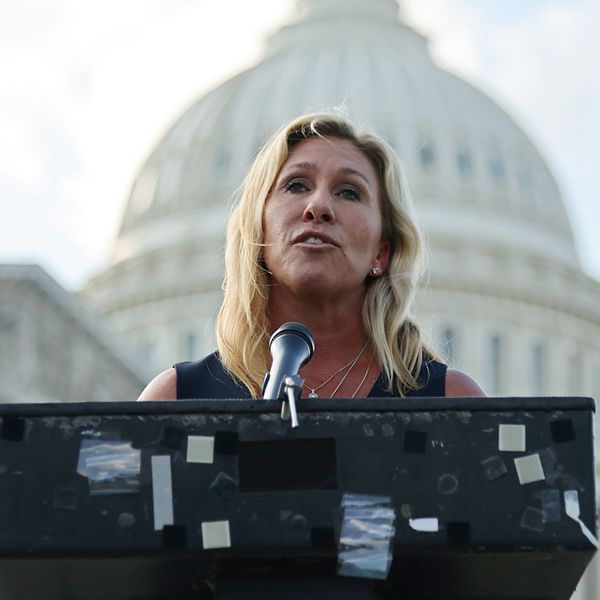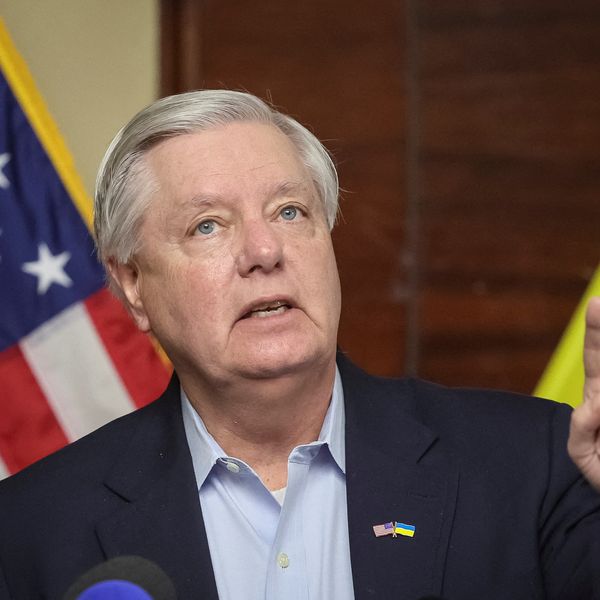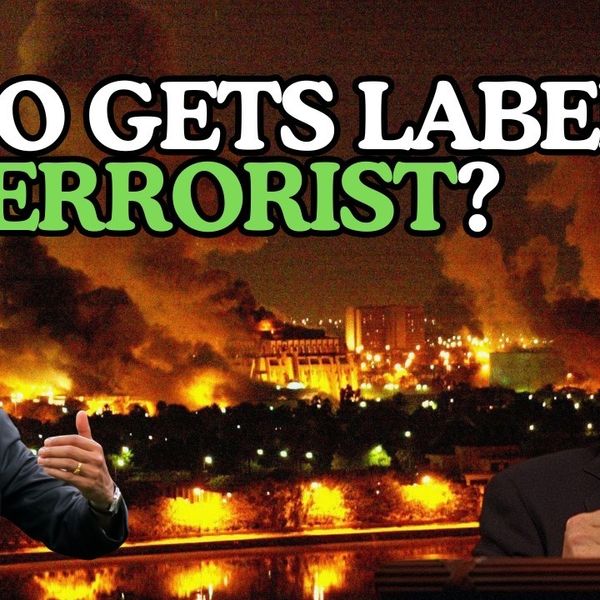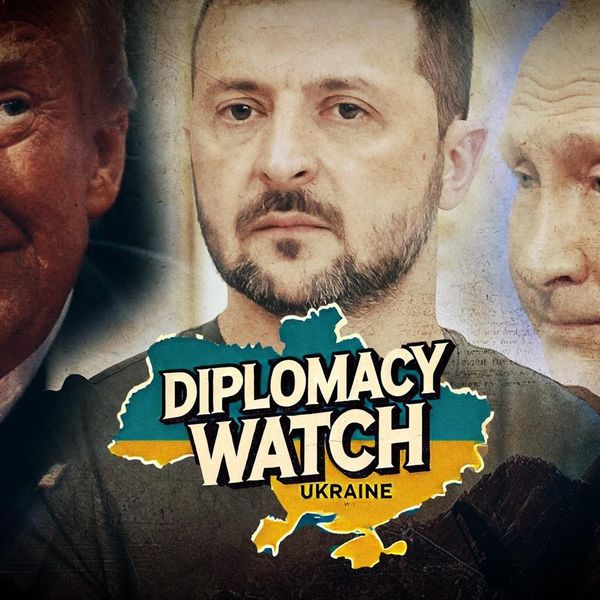Suddenly, in recent weeks, the Islamic regime in Iran has woken up in a new and uncertain environment. Long gone are the jubilation following the successful strikes in Saudi Arabia or the savoring of its spreading influence from Yemen to the Mediterranean. Its friends in Lebanon have lost to angry crowds their prestige of resistance fighters, and appear as just one of the parties to a corrupt and factional system. The Iraqi youth, undeterred by a bloody repression, manifests its categorical rejection of the heavy-handed role of Iran in Iraqi politics. And the Iranian population itself has arisen in turmoil, driving the regime to show, once more, its most ferocious face.
An enduring stalemate of the nuclear file
On the eve of a meeting in Vienna of the Joint Commission of the Joint Comprehensive Plan of Action (JCPOA), the situation is not brighter either with the nuclear dispute. The two strategies successively implemented by Iran to loosen the noose of the destructive United States sanctions, first a year-long “strategic patience,” then the “maximum resistance against maximum pressure,” have failed to produce the slightest result. President Donald Trump has no other tool at hand than the “crippling sanctions” to satisfy the conflicting gut feelings of his supporters: on one hand, hostility towards Iran for having deeply humiliated America during the 1979 take-over of the U.S. Embassy, and on the other hand, rejection of any perspective of another dirty war on a foreign and distant soil. And Europe has not moved either. Whatever the desire of its leaders to help Iran overcome the effects of the U.S. sanctions, they have not been able to seriously engage Iran, as the whole European economy is paralyzed by its dependence on the dollar. As a result, Iran has been being deprived of all the expected benefits of its participation to the JCPOA. And its recent policy of incremental, largely symbolic, infringements of the agreement has been unable to create the slightest positive reaction.
From all sides, the situation is in a deadlock. The French efforts to bring the U.S. and Iran to some kind of compromise seem to have subsided. There is still hope to see next year in the U.S. a political equation more favorable to Iran. But save for such a kind of miracle, the Islamic Republic is facing today a painful choice: continue bearing the deprivation and suffocation of its people, or take a game-changing initiative, such as pulling out of the JCPOA.
The benefit of a timely exit
Paradoxically, leaving the JCPOA could prove attractive, especially if implemented at the right moment, that is before the triggering of the dispute resolution mechanism enshrined in the deal. Iran would then avoid being dragged to the U.N. Security Council for non-performance of its commitments and therefore escape the fast-track procedure of reimposition of U.N. sanctions. This procedure, also known as the “snap-back” procedure, needs only one vote from one of the five permanent members of the Security Council members to reimpose the sanctions lifted with the endorsement of the JCPOA by the Security Council in July 2015. However, by its very construction, such a procedure can only be put in motion when there is a breach of commitment from a party to the JCPOA. If Iran were to quit the deal in time, there would be no more Iranian commitments, and therefore no possible breach of commitments. To make this point clearer, all parties accepted that the very day President Trump announced the U.S. withdrawal from the JCPOA, the United States was relieved of all its resulting obligations. What has been accepted for the U.S. has to be valid for Iran.
The dangers of withdrawal
But, at first sight, the benefits of such a decision would be short-lived indeed. First, Iran could still be dragged to the Security Council and condemned by a new resolution. However, this would have to go through the standard procedure, that is a positive vote of nine out of its fifteen members, with no negative vote of any of its five permanent members — obviously more difficult to achieve than the specific “snap-back” process. A bigger risk would be to see the United States and the Europeans reunite and impose together their own sanctions on Iran, as already done between 2010 and 2012, with painful consequences. Even worse, with the end of the JCPOA, any significant development of the Iranian nuclear program could easily be presented as a rush to the bomb. At some point, some governments, U.S., Israeli, even European, could feel entitled to react by the use of force.
Alleviating the risks
The Islamic Republic could, however, alleviate these three risks with a single formal statement, reiterating its intention to abide, henceforth on a purely voluntary basis, by all the main commitments formerly contracted in the framework of the JCPOA: maintaining under ceiling the number of its centrifuges as well as enrichment levels and low-enriched uranium stockpile; curbing the development of advanced centrifuges; confirming its intention not to develop the technology of reprocessing, and, most important, accepting the continuing implementation of the extended controls provided for by the International Atomic Energy Agency Additional Protocol.
This double move, if properly presented and implemented, should be able to deter any possible action against Iran before the Security Council, and an escalation of threats. Actually, the Iranian nuclear case would enter a wholly new landscape. And with the disappearance of the JCPOA, Donald Trump would be deprived of his main argument in his fight against “the worst agreement” ever signed by the United States.
Opportunities for dialogue
Indeed, this new environment could well prove to be more comfortable for everybody, and open new opportunities for negotiation. First, Iran would be able to modify, up or down, its new commitments, and also play on their duration, thus enlarging room for maneuver. But the other former parties to the JCPOA would also have to gain. Trump, who has consistently presented the dismantlement of the JCPOA as a prerequisite for any new deal with Iran, would be in position for some kind of opening. The Europeans, as well as the Chinese and the Russians, would be relieved of their own JCPOA commitments: no more bitter critics from Iran about their incapacity to deliver, and no more scathing remarks from the U.S. against Europe’s lack of solidarity. With the U.S. and the Europeans returning to the same page, it would become easier for them to build a common position regarding the Iranian case.
In sum, after two years of stalemate, an opportunity for a sea change could be in the offing, even if this would mean entering unknown waters. The movement could be created by Iran as well by remaining partners in the JCPOA. But Iran, being under duress, would find a stronger incentive to take an initiative combining its exit from the agreement with an offer of dialogue. And if at some point, such a dialogue could open up to other parties and other matters than the ones directly related to the nuclear file, such as the security in the Persian Gulf, all the better. After the sobering experiences through which most of the members of the region have gone through in recent times, Iran and Saudi Arabia included, the moment should be ripe for a budding spirit of compromise. Could the leaders respond, for once, to the fervent hopes of their own people?















